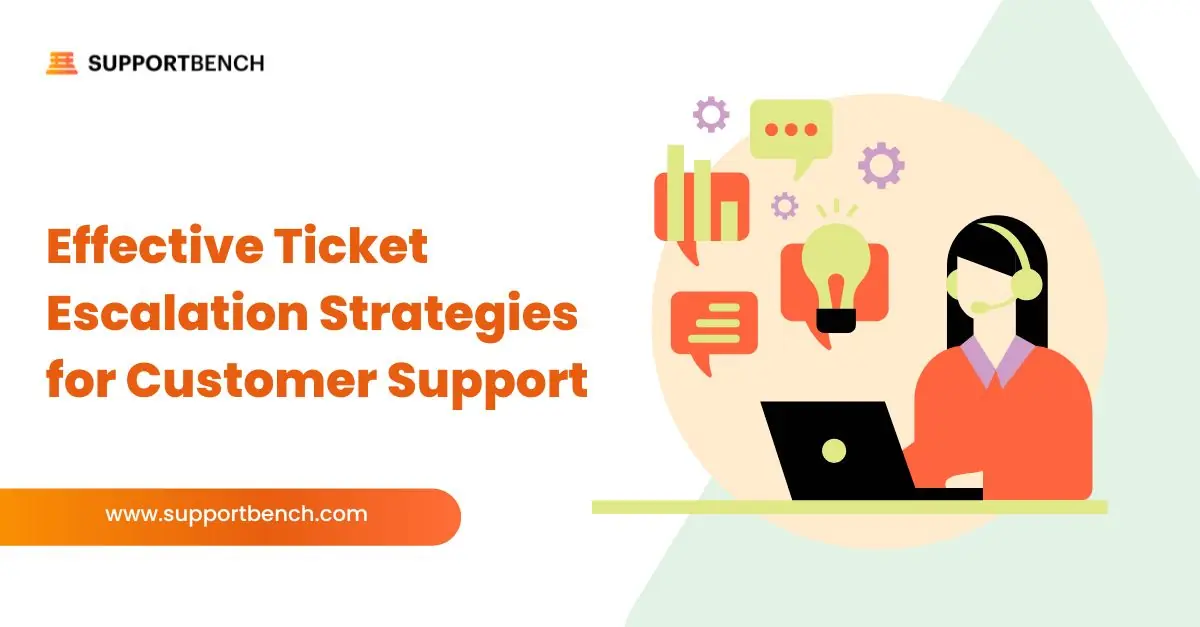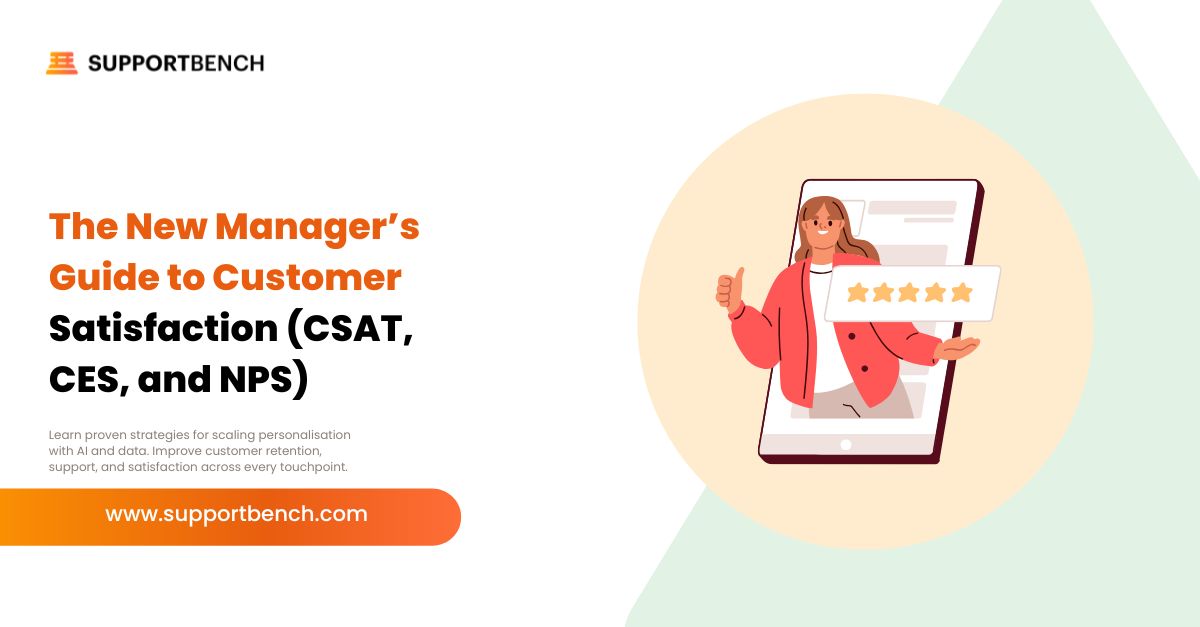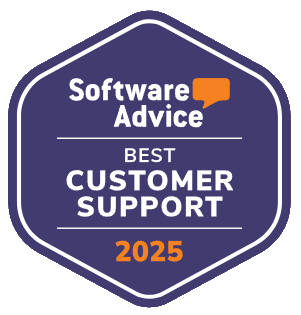Do you want to learn how to improve your customer service experience?
We often refer to one of our quotes for the process: “We will not tolerate you making excuses. Our customers expect a quick and prompt answer – and then they’ll give you their money. ” You can make sure customers feel valued with these tips and tricks that will serve your customers!
These tips will help you start improving the speed of service you provide to your customers.
1. Understand the Customer’s Problem-to-Solution Process
Most customer service teams use email to handle customer inquiries, before focusing their efforts on the real customer service problem-to-resolution process. This practice is common for calls and online order status. While such email-based processes are efficient, they can easily be interrupted with customer-service requests or a new number. Email is suitable for email addresses only, and any other email address will interrupt your workflow.
When it comes to receiving an email regarding a customer experience that has not yet been resolved, your customers’ status will not be a priority for your team. “Too often, our team chooses to skip a follow-up email, ignoring the point of contact, as if that resolves their issue. If we missed the email, we’d catch up the next time we get it,” says Pam York, CMO at SoFi. “Our customer service team members feel that it can be best to brush up on the issues first and jump into the e-mail conversation if necessary. ”
2. Keep It Accountable
Customer service emails can quickly pile up as your team starts out with a list of possible email clients. So, it’s important to choose an email service provider that delivers good support and accountability.
Customer-service emails cannot be relegated to the non-essential section of your inbox, which means they need to be reviewed and approved every week or every month. At Intercom, we’ve found a number of ways to improve your existing email management. For example, we’ve added a customer-service email central record management system. This helps teams keep their email in check and assign e-mails specific priorities, to help them speed up the e-solution process.
3. Train Your Team
The one thing you can’t do at this point answers every query in an email. Training your team to identify the real problem-to-resolution process is crucial to keeping your customers happy. These staff members are tasked with handling more complicated queries and often complete them quickly. This is because your time is limited, and as a team, you have to prioritize your requests and communicate concerns during your calls. “We also use recorded answers to answer frequently asked questions that contain a detailed, bullet-point list of the basic steps,” says Dan Ryan, CMO at DentalMate. “This helps our staff get the answers they need faster. ”
To help your team with their responsibilities, we have several options to help connect your staff deliver greate customer service experience. However, you’ll need to choose a mix of service providers and you must decide the type of service you want to provide. But, if you do this well, it won’t impact your overall sales numbers! You can learn more about the help your team provides on the Supportbench website.
4. Use Reporting to Monitor Performance
Using reports for customer service gives you the ability to monitor a customer’s buying journey – and make predictions about their patterns in both company and industry news.
We try to visualize our customer data and summarize it, by the very act of opening the email. For example, we’ll use the an indicator report to estimate the length of time it’ll take to sell a particular product. This will be measured at 5 to 10 days after the invoice’s receipt.
By using a number of tools, you can see how your target buyers interact with your work with reports. You can have a report that runs “all emails sent,” or report the number of receipts processed. You also have the option to track customer activity on your website, to see how people interact with the brand through e-commerce, and how they’re discussing your business on other social networks. You can use any tool to help you understand your customers better.
With this data available, you can then look for opportunities to push your brand forward – for example, by offering a special promotion or service, or by reworking the content of the email to reach your target group more effectively.
5. Use Advanced Targeting To Reach Prospects
If you have the ability to tag people who are buying your product, you can send them a targeted email with new information, that would help them make a purchase, or even recommend a sales channel and pricing. A couple years ago, we were testing a pre-purchase email alerting customers to the best time to make a purchase. It was a groundbreaking experience – customers saw all their recent purchases in the inbox, and then have a choice to schedule an appointment with the salesperson, or just check out online.
Since that sale, we’ve used other advanced targeting tactics to develop the best targeted customer experiences. If you’re sending a sales email to a customer who has seen the most sales emails in the past 6 months, you could make the personal experience feel more like you know them. That’s why we always recommend you work with an A/B testing agency, so you have the opportunity to run many variants of sales emails across different channels, targeting multiple people at the same time improving your customer service experience
6. Using Data for Email Marketing
Although email is the most effective channel for converting customers, there are some challenges with the ROI. It’s important to use analytics to find out what works, and what doesn’t. Email gives you the ability to combine your data from within your email service provider (ESP), to produce personalized marketing emails that are relevant to your customers.
Part of delivering customized marketing emails means you must have the processes and knowledge to use relevant, third-party data, to capture data from through your ESP. Once you identify your top goals for customer experience, you can go through your data to find the most relevant goals.
Supportbench unifies customer support, success, experience, knowledge management, and account management into one simple platform. Do more, with less, to maximize your retention.
Ready to provide excellent customer support and improve your customer service experience? Contact us today!















